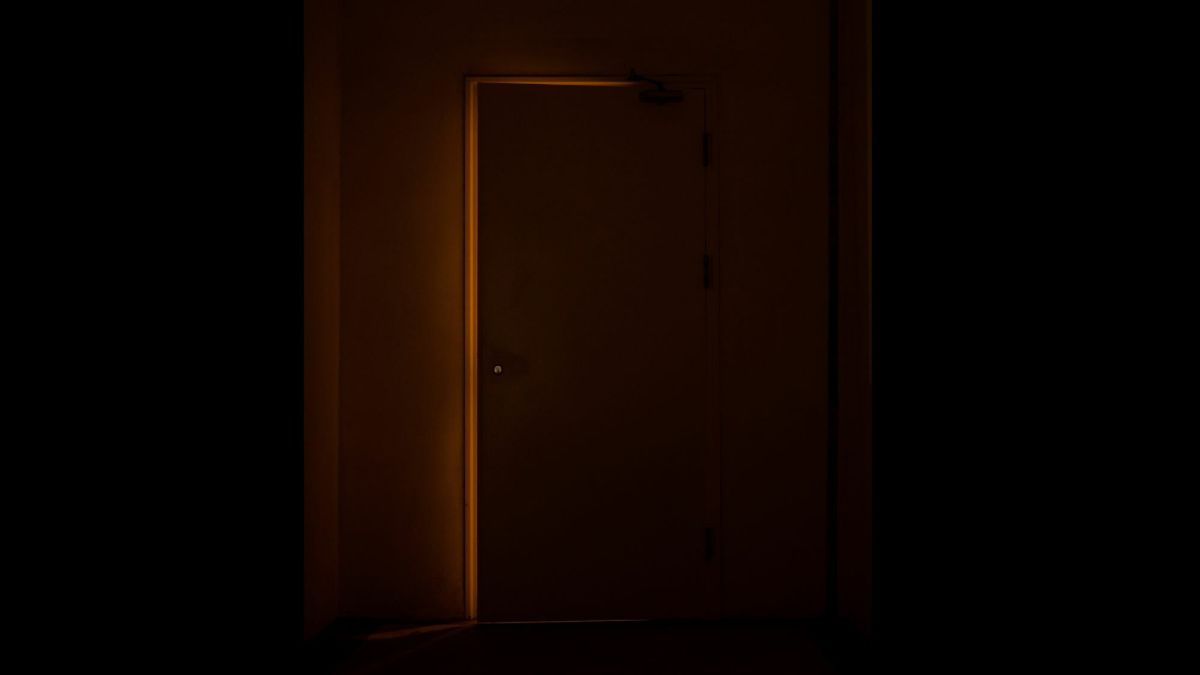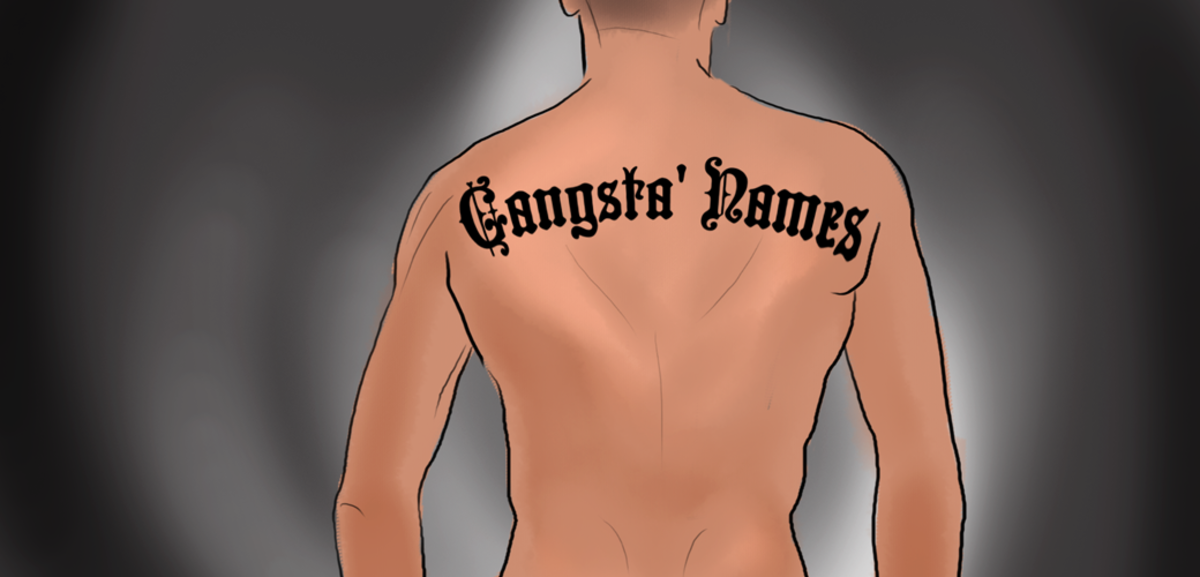A massacre remembered
As America and the world commemorate 11 September and the horrible attacks on New York and Washington, people should spare a little thought to the massacre on the streets of Beirut's Sabra and Shatilla camps on that beleaguered September days of 1982.
Unlike the 11 September attacks, the butchery that happened in the camps of men, women, children babies made by Christian Phalange militias working in cahoots with the Israeli army which entered the Lebanese capital, never warrants so much as a whimper in the international media coverage.
But a massacre there was made publicly known and broadcast to the world by journalists like Robert Fisk on 18 September 1982, two days after the rampage bloodbath started two days earlier. The journalists stumbled inside the camps that reeked of human stench and started what they describe as their baffling walk into a macabre of deaths and destruction alongside streets, alleyways, courtyards and homes.
Bodies were everywhere mutilated in the most ghastly way, some scorched to death, others blackened, some with their throats slit, others disemboweled with their intestines and still others had a cake of flies around their groins after they had been butchered as reported by his Fisk and his friends.
As they walked Fisk says they tripped on a pile of earth that shook as he realized it was a mass grave of limbs, heads that had been cut off, torsos, arms and legs severed from the bodies.
One American aid activist named Janet Lee Stevens who in April 1983 died in a separate attack on the US Embassy had earlier documented the massacres on Sabra and Shatila. She entered the camps on 19 September and says:
"I saw dead women in their houses with their skirts up to their waists and their legs spread apart; dozens of young men shot after being lined up against an alley wall; children with their throats slit, a pregnant woman with her stomach chopped open, her eyes still wide open, her blackened face silently screaming in horror; countless babies and toddlers who had been stabbed or ripped apart and who had been thrown into garbage piles." (http://weekly.ahram.org.eg/2010/997/special.htm#1).
It was mindboggling. The Israeli army were watching from afar. On date 16 and 17 September they had sealed off the camp, and let the Phalange do the evil deed under the pretext of 'cleansing' the camps from PLO fighters—they of course had left Lebanon earlier that month along with Yasser Arafat.
It is in doubt the Israeli military establishment lead by Defense Minister Ariel Sharon's who lead his country's invasion into Lebanon and architect of its military strategy was accused of turning a blind eye to the killing of civilians in Sabra and Shatila.
Sharon was said to have borne direct responsibility by the Israeli Kahan Commission set up to look into the atrocities for turning a blind eye to what was happening inside the camps despite receiving warnings of killings of civilians. The Commission recommended his resignation but the then Israel's Prime Minister Menachem Begin refused to let him go.
Today memories continue to burn alive the carnage that went on inside at the camps of those September days of 1982. In a symbolic posthumous letter by Franklin Lamb, currently director of the Sabra Shatila Foundation, to Janet Lee Stevens, he gives her an update of what has been happening to the camp since those torturous 1980s' days as reported in an article in a 2010 Al Ahram English weekly. (http://weekly.ahram.org.eg/2010/997/special.htm#1).
In it Lamb says some of the parties who committed these heinous crimes are owning up and trying to mend their ways recognizing what they done 22 years later as in the case of Joseph Hadad who took one man and his three sons into one room and shot them point blank. His wife and two daughters were spared the massacre because they hid, but live on today with the memories.
Some of the units sent to the camp, "had been supplied with cocaine, hashish and alcohol to increase their courage," writes Lamb, and continue with their three-day rampage of atrocities.
The number of those murdered that included Palestinians and Lebanese Shiites were put at 1700 by Robert Fisk, Palestinian Red Crescent Society figures were 2000, yet statistics by the Israelis ranged from 329 to 800. However, other figures go up to 3500.
Statistics become cold when talking about bodies, and different mass graves around the camps. What does it matter if 200 were killed or 2000. When Fisk and his friends saw the bodies at first they counted, but then stopped, as faces, eyes, sockets, heads starred at them from everywhere.
Only later did they realize these faces were dead, and belonged to dead people that were not just going to get up. Having reported on so many wars in the world, Fisk says the massacre at the Sabra and Shatila camps will continue to haunt him for the rest of his life. He then told an Israeli soldier it was Treblinka happening all over again, in a fit of fury.



